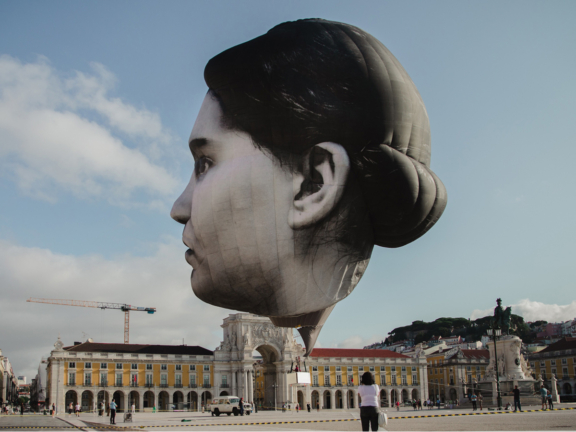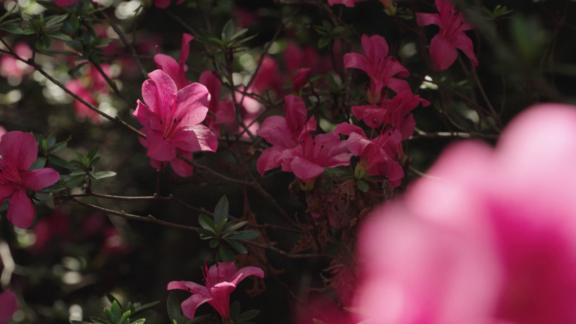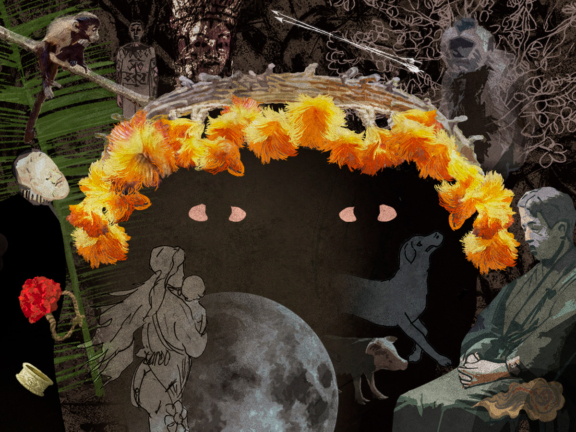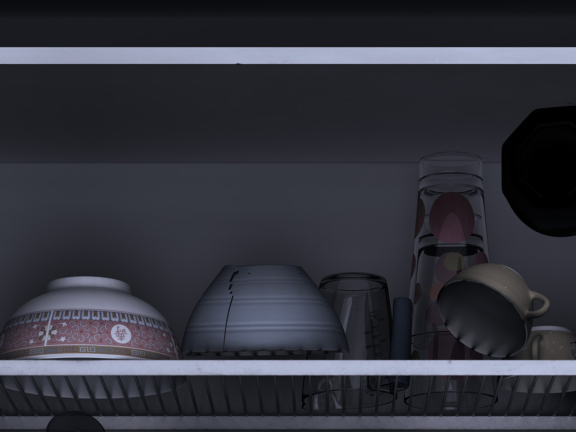
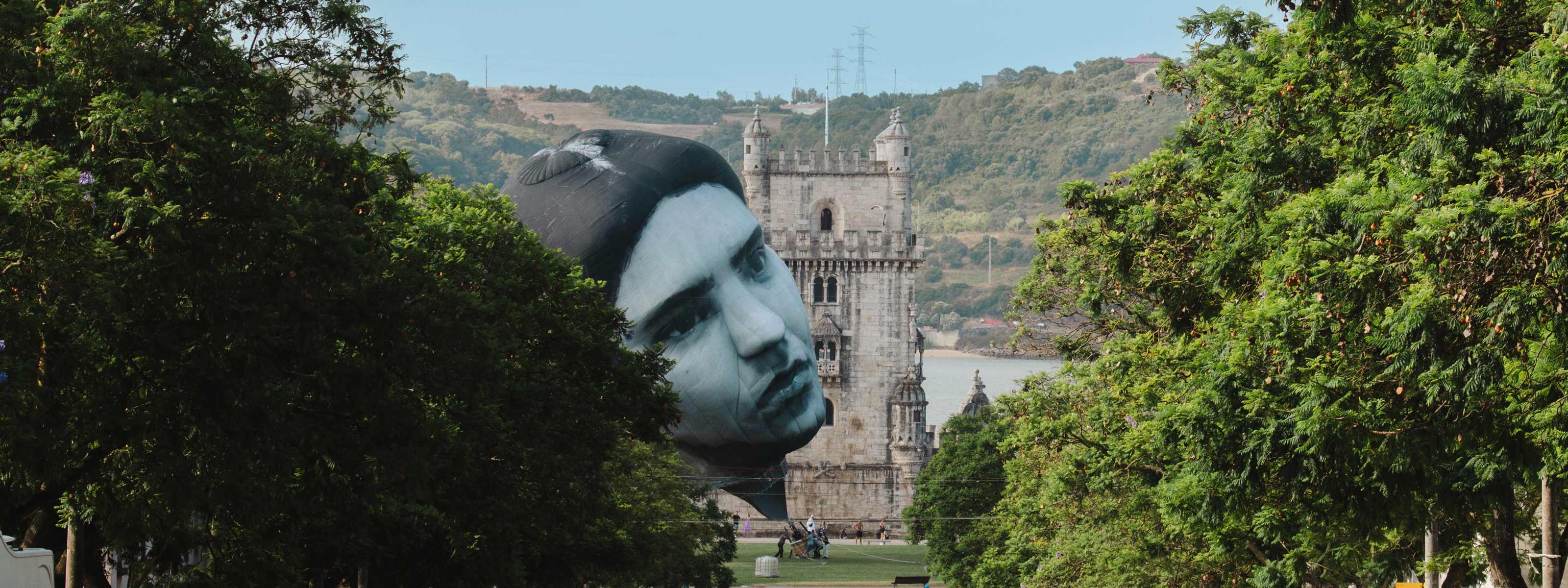
Engawa
A Season of Contemporary Art from Japan
The ‘Engawa’ season takes its title from the concept underlying the project by Japanese architect Kengo Kuma for the CAM – Centro de Arte Moderna Gulbenkian building. The term denotes a space of passage, both interior and exterior, typical of traditional Japanese houses.
Bringing together different collaborations with artists and cultural institutions in Lisbon, the season brings to the city a set of creators from Japan and the Japanese diaspora, many of them for the first time in Portugal.
Its first moment run from 20 to 23 July 2023, the date on which the 40th anniversary of CAM – Centro de Arte Moderna Gulbenkian was celebrated, with three very distinct events presented at the Gulbenkian Foundation and in other spaces in the city of Lisbon. This programme featured a moving installation by the artistic collective 目[mé], a concert by visual and sound artist Ryoji Ikeda (with the collaboration of the French ensemble Les Percussions de Strasbourg), and an edible performance/landscape by artist Lei Saito, creator of the concept of ‘existential cuisine’.
Also in 2023, the year of the 480th anniversary of the establishment of relations between Portugal and Japan, two more moments were presented in September and November.
FluxFest, the second moment of ‘Engawa’, was a tribute to the Japanese participation in the international Fluxus movement, founded in the 1960s, with a programme paying homage to composer Mieko Shiomi, a key figure in the development of Fluxus. Between 8 and 10 September, CAM showed a documentary, a talk, and a series of performances with the participation of composer and visual artist Christian Marclay, vocalist and multimedia artist Ami Yamasaki, and shō player Ko Ishikawa.
The third moment of the Japanese season took place between 11 and 19 November, with an intervention by the collective Chim↑Pom from Smappa!Group (CPfSG) in the neighbourhood of Marvila, in Lisbon. Co-produced and co-hosted by the Gulbenkian Foundation and Associação Alkantara, as part of the Alkantara Festival 2023, the project was developed in collaboration with local community groups such as Kriativu, 4 Crescente and ETC Studio. It also had the support from the Lisbon City Council.
In September 2024, ‘Engawa’ returns for the reopening of CAM’s building, occupying several of its spaces and the garden with an intense programme of exhibitions, performances, concerts, poetry sessions, debates and other artistic practices. This will include exhibitions by Go Watanabe and Yasuhiro Morinaga.
Curated by Emmanuelle de Montgazon, with Rita Fabiana.
Text by the curator
Kengo Kuma’s architectural project for the Centro de Arte Moderna refers to the Japanese concept of engawa [縁側], a transitional space in Japanese traditional houses considered neither inside nor outside. While the engawa of the traditional house so crucial in the films of Yasujiro Ozu is often forgotten today, it has recently been deployed to evoke multiple relational spaces out of the domestic space.
Engawa can thus be seen as a metaphor of the ‘in-between’, a concept that found a powerful echo in the 1980s between Japan and the Western world through the notion of ma [間]. This ‘in-between' facilitated a common dialogue between multidisciplinary artistic movements in Japan from the post-war period, during which a multitude of parallel histories emerged questioning the fiction of the official history that had constructed Japanese identity.
Engawa could be the tangible place for generations of the Heisei era (1989-2018), marked by the bursting of the economic bubble and the Hanshin-Awaji earthquake (1995), an era that represented a pivotal point in Japanese society. Its social and political consequences affected memories, myths and the weaving between the intimate and the communal. In the words of Timothy Morton, whose ‘ecological thought’ offers a frank rapprochement of structuralism and Buddhism notions, it is a question of 'observing what is changing before our eyes, slowly and collectively and how to share it with the other.'* This ecological thought finds a particularly strong echo in Japan. The mesh, its infinite connections and infinitesimal differences, finds its source in intimate space, in the so-called dividuality of the individual that can be translated by the multiplicity of the being corresponding to each of the relations it enters into (human or non-human). In other words, it led to the confrontation with multiple worlds so aptly described by Keiichiro Hirano.** It is therefore no coincidence that Edouard Glissant's ‘Tout-Monde' (‘Whole-World’) has had such an impact in Japan over the past twenty years. Archipelagic thinking offers the possibility of breaking out of the island deadlock and reaffirming a deeply composite culture in permanent metamorphosis. It welcomes subjective experience, redefines the question of identity and borders. It embraces the feminine, the vulnerable, the fragility, and the uncertain, broadening our perception of the world. From this area of ecological and digital interconnectivity emerged artistic practices inspired by a return to cultural notions of animism and their inclusion in a booming technological society that served as a support for the new generation that emerged after the Fukushima disaster, questioning the tangibility of our life as human beings.
The Japanese Season at CAM will present these topics through Time-based Art exhibitions, site-specific projects, and commissioned works and events. In a deep collaborative process with the multicultural context in Lisbon and Portugal, the Season aims to enlighten how the inter-relations between perception and emotion create other realities, articulated with embedded social and political situations to suggest powerful transformations.
* Timothy Morton, The Ecological Thought. Massachusetts: Harvard University Press, 2010.
** Keiichiro Hirano, La dernière métamorphose. Paris: Philippe Picquier, 2007.
Emmanuelle de Montgazon
MA in Contemporary Art History, Emmanuelle de Montgazon works on open and transversal artistic approaches that unite different art forms, maintaining privileged links with Japan. Between 1997 and 2006 she was appointed cultural attaché at the French Embassy in Tokyo and New York. Since 2012 she has been Director of Ryoji Ikeda's Studio in Paris and Kyoto and Advisor to the Odawara Art Foundation, founded by artist Hiroshi Sugimoto.
Rita Fabiana
Rita Fabiana has been curating exhibitions and projects since 2006. In her curatorial practices, she examined participatory, cross-disciplines and experimental projects and practices where process of institutional relationship, memory/history, storytelling, identities and subjectivities are central. She joined the CAM team in 2011 as a curator and collection manager (sculpture and installation). She was head of programming at the Calouste Gulbenkian Museum between 2016 and 2021. She is currently head of CAM’s Live Arts. She has a MA degree in Art History (Université Paris I – Panthéon-Sorbonne) and a postgraduate degree in Curatorial Studies (FBAUL).
Past Events
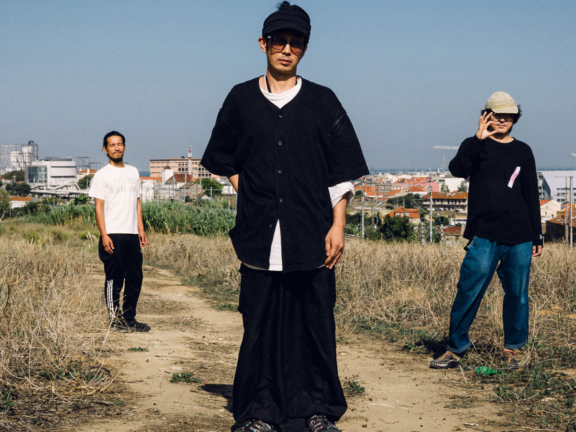
Side Trip, by Chim↑Pom from Smappa!Group
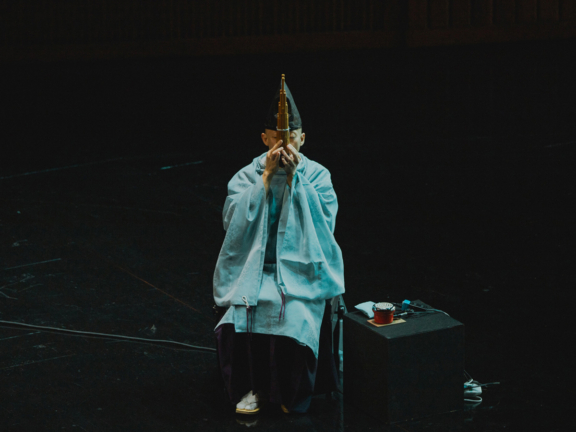
Yobi Mizu, by Ami Yamasaki and Ko Ishikawa
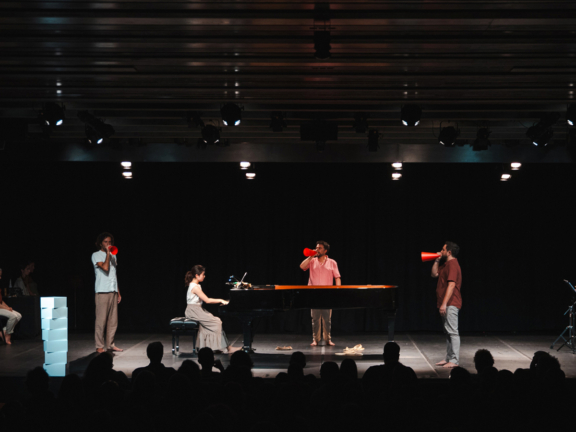
From the Endless Box: works from 1999 to 2023, by Mieko Shiomi – II
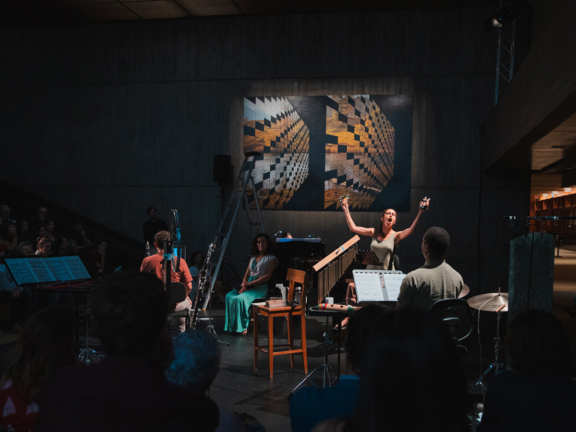
From the Endless Box: works from 1999 to 2023, by Mieko Shiomi – I
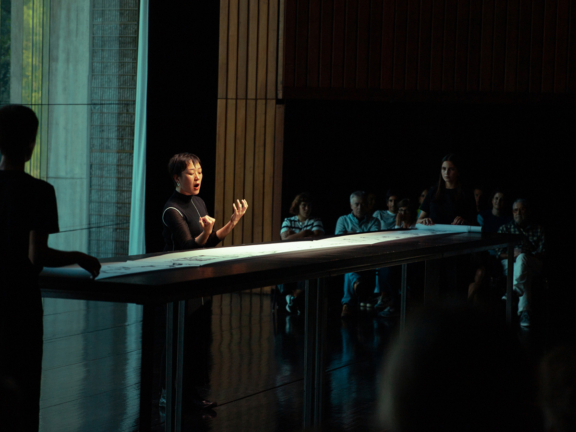
Manga Scroll, by Christian Marclay and Ami Yamasaki

Interview with artist Mieko Shiomi
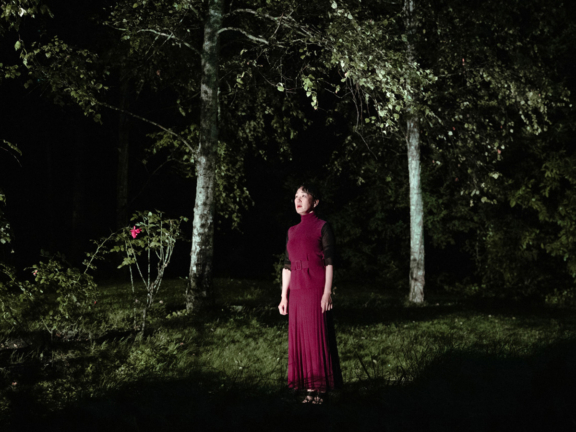
Solo Performance, by Ami Yamasaki
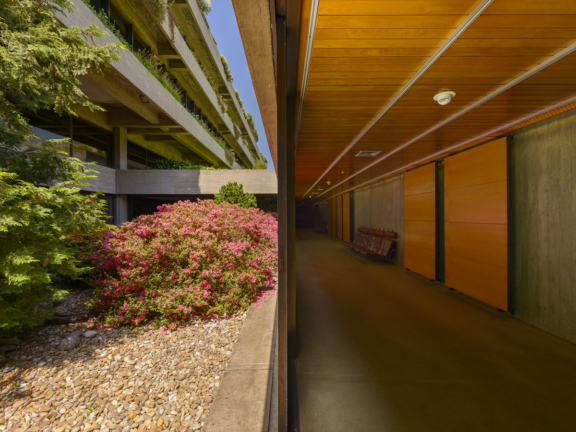
FluxFest Lisbon
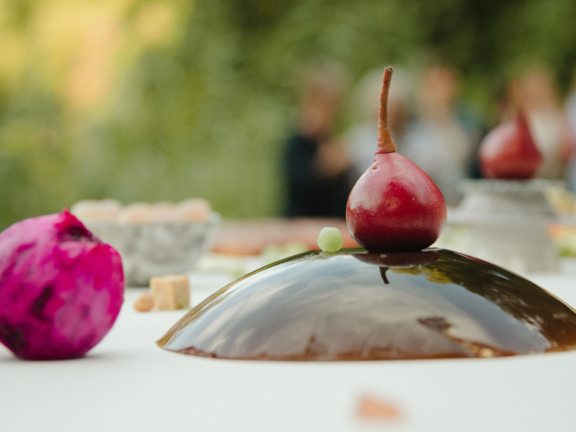
Cuisine Existentielle, by Lei Saito
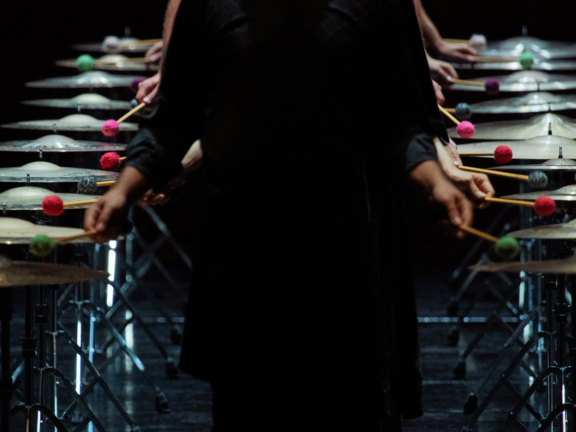
100 Cymbals, by Ryoji Ikeda
